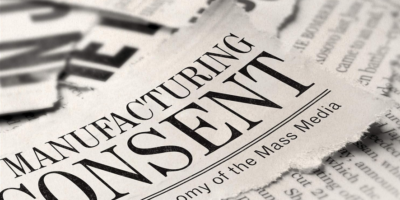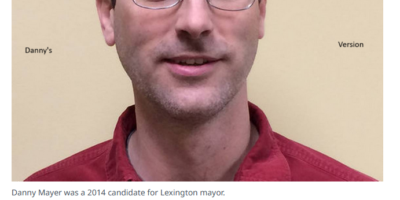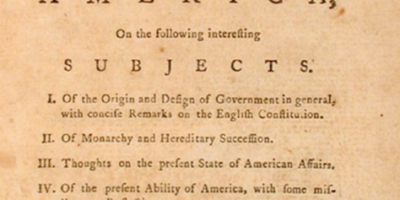By Jack Stevenson
In 1920 the United States adopted an amendment to the United States Constitution that prohibited the sale of alcoholic beverages. That act generated a crime wave. During the next 13 years, gangsters took over cities—the infamous Al Capone ran Chicago—800 gangsters were murdered in Chicago, 500,000 U.S. citizens went to prison, thousands of people died from drinking poisoned “moonshine” whiskey, and many were blinded. In 1933 the constitutional amendment was repealed, and, thereafter, alcoholic beverages were sold as controlled, licensed, and taxed products—a much better solution. When a previous generation of Americans realized that Prohibition, “the noble experiment,” was a failure, they changed course. Perhaps we should change course again.
Our current “war on drugs” was launched 41 years ago by former President Nixon, and it has produced a spectacular array of irrelevant successes. Enforcement agents have performed their duties well enough. Agents have intercepted and confiscated untold tons of narcotic drugs. We have provided weapons, military and police training, and funds to support drug suppression in foreign countries. We have convicted approximately half a million people who are now serving prison sentences for drug related convictions. And, it is all irrelevant.
The only relevant measure of success is reduction of the number of U.S. citizens who are purchasing, using, and becoming addicted to narcotic drugs and other chemical hallucinogens. That number is uncounted, but the cash flow from their purchases drives competition among Mexican drug cartels. The competition for American cash has produced 50,000 murders in Mexico. Professor William Marcy indicates in his book, The Politics of Cocaine, that U.S. anti-drug policies imposed in Ecuador, Peru, and Bolivia have had destabilizing effects in those countries. During the American military tenure in Afghanistan, despite American sponsored eradication efforts, Afghanistan’s opium poppy production has increased from insignificant to the status of world’s leading opium producer.
Our policy has failed to curb American demand for illegal drugs and has caused harm in the United States and in foreign countries. A previous generation recognized their error and made a course correction. Are we less competent than our ancestors?
The money that Americans spend for illicit drugs cannot be accurately counted, but estimates indicate that it is not less than 25 billion dollars per year and, probably, a lot more. No government collects taxes on illegal drug sales. The amount of money that the U.S. government and the several state and local governments have spent on the drug problem is in the hundreds of billions of dollars.
It is ironic that we so firmly believe in the “supply and demand” concept of capitalism but ignore it when dealing with the illegal drug issue. We ignore that capitalist tenet by focusing solely on the supply entity. Surely, by now, we should understand that intense demand is the governing factor. That demand can only be moderated by education of young people, rehabilitation of addicted people, and by the provision of jobs, livable communities, and social opportunities that provide exhilaration without reliance on mind-bending substances.
We are addicted to a failed drug policy. Can we break the habit?




Leave a Reply